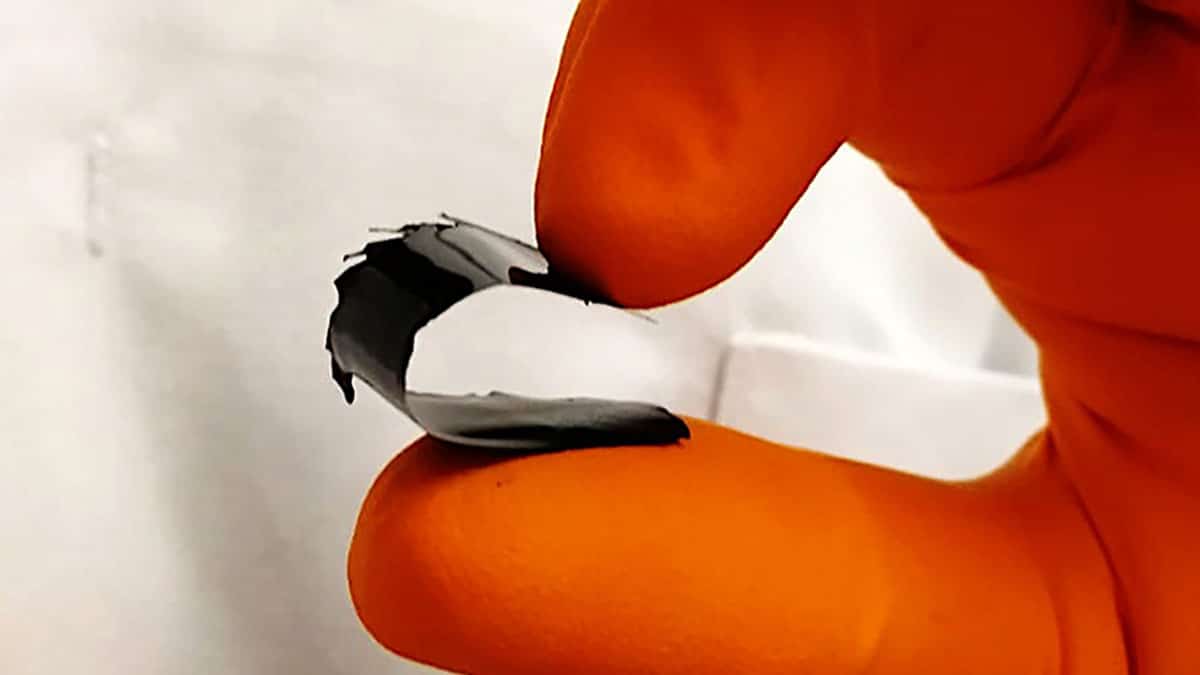
Thermoelectric (TE) material can interconvert between heat and electricity. This ability has not only led to remarkable technologies such as power generators used in space exploration but also holds an obvious potential in the green transition to recover waste heat. The material can have a strong benefit in harvesting thermal energy if it can be applied to large areas without losing its performance over time.
Now, the researchers from KTH Royal Institute of Technology in Stockholm have developed a promising blend of thermoelectric coating for devices that generate heat amounting to less than 100 degrees Celcius.
The research, led by Muhammet Toprak, Professor of Materials Chemistry at KTH, focused on the design and development of hybrid thermoelectric materials for room-temperature operations, which integrates solid-state semiconductors with flexible materials, such as polymers, to formulate inks.
The results obtained on these hybrid films open a new low-cost route to produce and implement TE coatings on a large scale. Researchers claim the coating can be applied to any surface that dissipates heat to generate electrical power. It can be ideal for driving flexible, large-area energy scavenging technologies such as personal medical devices and the IoT.
The research also makes headway in gaining a better understanding of the capabilities and limitations of materials used for hybrid thermoelectric material design.
“These results open a new low-cost and sustainable way of producing and implementing thermoelectric coatings on a large scale,” Toprak says. “In the short term, this is expected to make an impact on IoT and other low-power applications. It could replace batteries by being integrated as a coating in the form of wearable electronics.”
“In the long run, with the use of more sustainable inorganic thermoelectric materials compositions and sustainable biopolymers, such as cellulose and lignocellulose (or plant matter), the use of this technology in large areas will impact the adaptation of thermoelectric technology for efficient heat-to-power energy harvesting, as a complementary means to green transition.”
Thermoelectric ink coating could enable devices powered by heat
Source: Tambay News

0 Comments